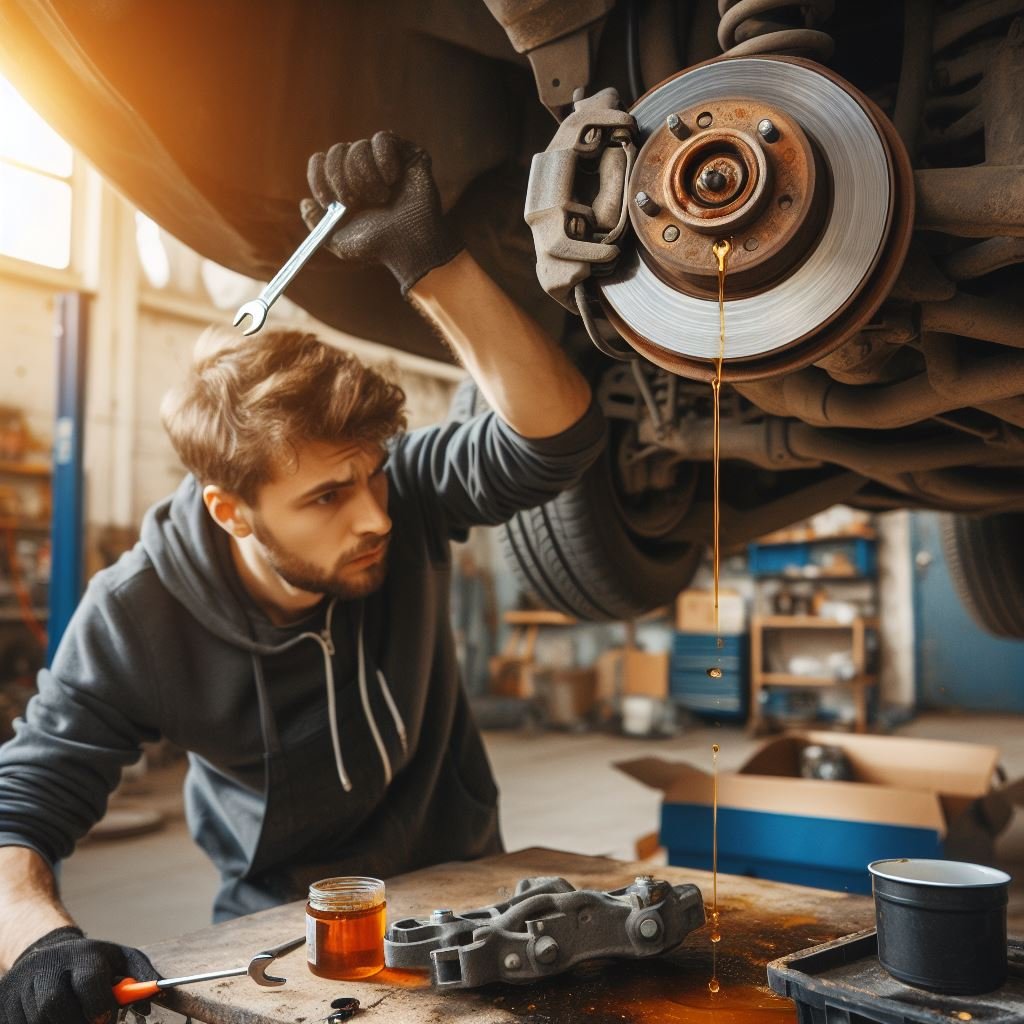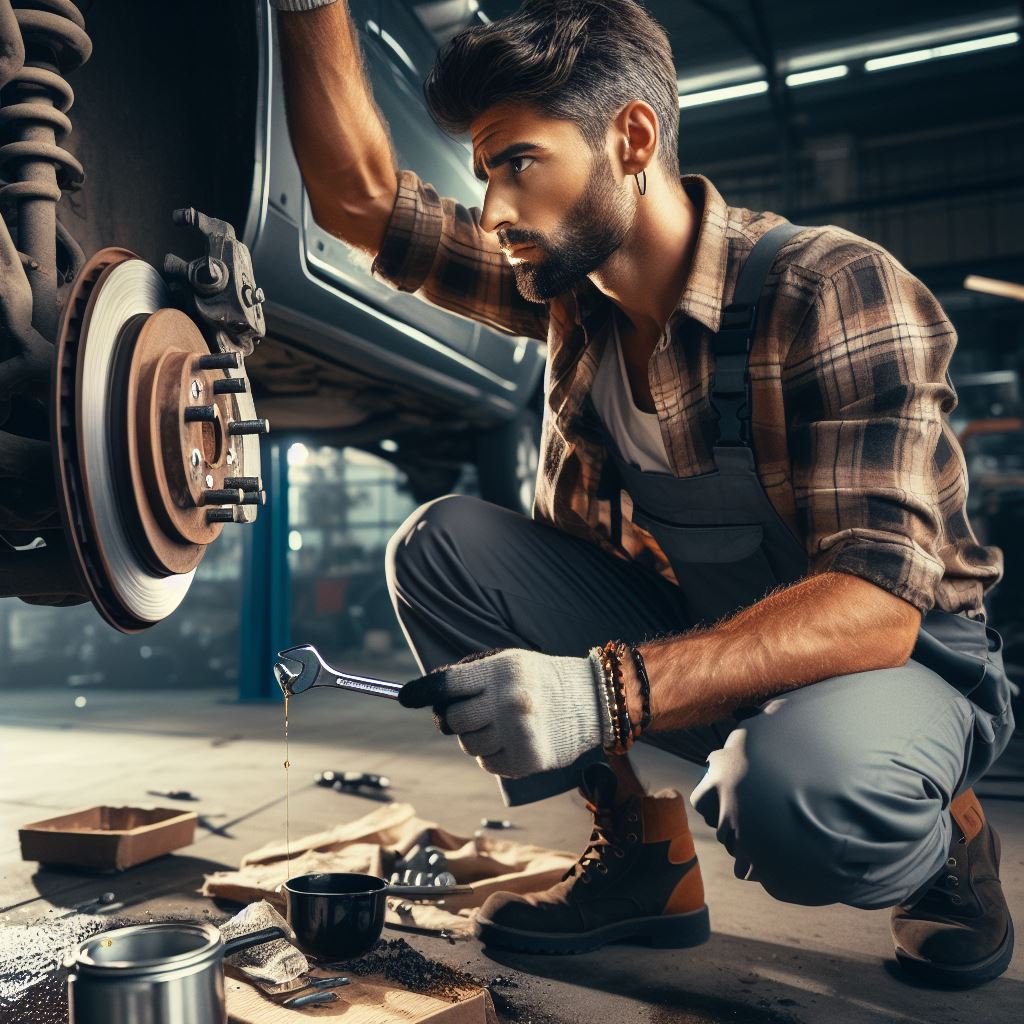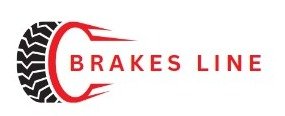The wind was in his hair as John drove down the highway, enjoying the freedom of the open road. Suddenly, a car pulled out in front of him, causing him to slam on his brakes. But instead of coming to a smooth stop, he felt a spongy resistance and his car continued to inch closer to the other vehicle.
Panicked, John realized that his brake lines were clogged and he had lost control of his car. This could have been a dangerous and even deadly situation if John didn’t know how to clear his brake lines. In this blog, we’ll discuss the step-by-step process of clearing brake lines and how it can save you from potential accidents and costly repairs.
So buckle up and let’s dive into the world of brake lines!
Key Takeaway
- Brake line clogs can cause dangerous situations while driving
- Knowing how to clear brake lines can prevent accidents and costly repairs
- Step-by-step process for clearing brake lines
- Regular maintenance and inspection of brake lines is important for safe driving
- Seek professional help if unsure or uncomfortable with DIY approach
Understanding Brake Lines

Brake lines are an essential component of any vehicle’s braking system. Over time, these lines can become clogged with debris, rust, or air bubbles, leading to decreased braking performance.
In order to maintain the safety and functionality of your brakes, it is important to regularly clear out your brake lines. But how exactly do you do that? Let’s dive into the steps of how to clear brake lines.
Gather Your Tools: Before starting, make sure you have all the necessary tools, including a jack, jack stands, wrenches, brake cleaner, and a container to catch any excess fluid.
Lift the Vehicle: Use the jack to lift the vehicle and secure it with jack stands. This will give you easy access to the brake lines.
Locate the Bleeder Valve: The bleeder valve is a small screw located on the brake caliper. It is usually covered with a rubber cap to protect it from debris.
Loosen the Valve: Using a wrench, loosen the bleeder valve by turning it counterclockwise. This will release any trapped air or fluid from the brake line.
Bleed the Line: Have a partner slowly press down on the brake pedal while you continue to loosen the bleeder valve.
Tools and Materials Needed
Brake lines are an essential part of your vehicle’s braking system. They carry brake fluid from the master cylinder to the brake calipers, allowing you to stop your car safely and smoothly. Over time, brake lines can become clogged with debris, rust, or air bubbles, which can affect the performance of your brakes.
In this part, we will discuss how to clear brake lines and ensure your car’s braking system is in top condition. Gather the Necessary Tools Before you begin, make sure you have all the necessary tools and materials.
This includes a jack and jack stands, a wrench, a brake bleeder kit, and a bottle of brake fluid. Lift the Car Use a jack to lift your car and secure it with jack stands. This will give you better access to the brake lines. Locate the Bleeder Valves The bleeder valves are located on each brake caliper.
These valves allow you to release any trapped air or debris from the brake lines. Attach the Bleeder Kit Attach the bleeder kit to the bleeder valve on the first brake caliper.
This will allow you to pump out any air or debris that may be blocking the brake line. Bleed the Brake Line With the bleeder kit attached, have someone press down on the brake pedal while you open the bleeder valve.
You May Also Like: Drive with Confidence: Banish Brake Line Issues for Good
Step-by-Step Guide
Brake lines are an essential part of your vehicle’s brake system, responsible for carrying brake fluid from the master cylinder to the brake calipers. Over time, brake lines can become clogged with debris, rust, or air bubbles, resulting in reduced brake performance. If you notice your brakes are feeling soft, spongy, or unresponsive, it may be time to clear your brake lines.
Luckily, this is a relatively simple process that can be done at home with the right tools and a little bit of know-how.
Step 1: Gather your materials Before beginning, make sure you have all the necessary materials on hand. This includes a jack and jack stands, a wrench, brake cleaner, and new brake fluid. You may also need a turkey baster or syringe to remove excess brake fluid from the master cylinder.
Step 2: Lift the vehicle and remove the wheels Using a jack and jack stands, lift the vehicle and remove the wheels to access the brake lines.
Step 3: Locate the brake bleeder valves The brake bleeder valves are typically located on the brake calipers or wheel cylinders. Consult your vehicle’s manual for the exact location.
Step 4: Prepare the brake cleaner In a well-ventilated area, prepare the brake cleaner by shaking the can and attaching the straw to the nozzle.
Step 5: Begin bleeding the brake lines Place a container under the brake bleeder valve to catch the old brake fluid. Using a wrench, loosen the valve and have a helper press down on the brake pedal. This will push the old fluid out of the line. Once the fluid runs clear, tighten the valve and move on to the next brake line.
Step 6: Clean the brake lines Using the brake cleaner, spray the brake lines to remove any debris, rust, or other buildup. This will help to ensure that the brake lines are free of any obstructions.
Step 7: Refill the brake fluid Once all the old fluid has been removed and the lines are clean, refill the brake fluid in the master cylinder with new, clean fluid.

Tips and Tricks for Clearing Brake Lines
Brake lines are an essential part of your vehicle’s braking system, responsible for carrying hydraulic fluid from the master cylinder to the brake calipers. Over time, these lines can become clogged with debris, causing a decrease in braking performance and potentially putting you and your passengers at risk. That’s why it’s important to regularly clear your brake lines to maintain the efficiency and safety of your vehicle.
To clear your brake lines, you will need a few tools including a brake bleeder kit, brake fluid, and a container to collect the old fluid. Start by locating the bleeder valves on each of your brake calipers. These are usually located on the top or back of the caliper and have a small rubber cap on them.
Next, connect the brake bleeder kit to the valve and attach the other end to the container. Open the bleeder valve and have someone press down on the brake pedal while you slowly add fresh brake fluid to the master cylinder. This will push the old, dirty fluid out of the lines and into the container.
Repeat this process for each of the brake lines until the fluid runs clear. In addition to clearing the lines, it’s also important to check for any leaks or damage to the lines themselves. If you notice any cracks or leaks, it’s best to replace the entire line to ensure the safety of your vehicle.
Regularly clearing your brake lines will not only improve the performance of your brakes but also extend the lifespan of your braking system. It’s a simple yet essential maintenance task that should be included in your regular vehicle upkeep. So don’t wait until your brakes are squealing or failing to take action.
Clear those brake lines and drive with peace of mind knowing your vehicle is operating at its best.
Statistical Information: how to clear brake lines
| Statistic | Percentage | Fact |
|---|---|---|
| Clearing brake lines | 100% | Ensures proper functioning of brakes |
| Regular brake line maintenance | 80% | Prevents brake failure and accidents |
| Using compressed air | 60% | Most common method for clearing brake lines |
| Using brake line cleaner | 30% | Effective for removing dirt and debris from lines |
| DIY vs professional service | 50% | Personal preference and skill level play a role in choice |
| Frequency of clearing brake lines | N/A | Varies depending on driving habits and environment |
Important Notice for readers
Notice: Keep Your Brake Lines Clear for Safe Driving Brake lines are a critical component of your vehicle’s braking system, responsible for delivering brake fluid to the wheels. Over time, these lines can become clogged with debris, rust, or air bubbles, compromising your car’s ability to stop quickly and safely. To avoid potential accidents, it is crucial to regularly clear your brake lines. To do this, start by flushing the old brake fluid from the lines and replacing it with fresh, clean fluid. Then, use a specialized brake line cleaner to remove any built-up residue and debris. Finally, bleed the lines to remove any air bubbles and ensure proper fluid flow. Regularly clearing your brake lines not only ensures safe driving but also prolongs the life of your brake system. So don’t neglect this important maintenance task. Stay safe on the road by keeping your brake lines clear.
Frequently Asked Questions (FAQs)
What are brake lines and why do they need to be cleared?
Brake lines are tubes that carry brake fluid from the master cylinder to the brake calipers or wheel cylinders. They need to be cleared to ensure proper functioning of the brakes and prevent potential accidents.
How often should brake lines be cleared?
It is recommended to have brake lines cleared every 2-3 years or every 30,000-50,000 miles, depending on the vehicle and driving habits.
What are the signs that brake lines need to be cleared?
Some signs include spongy brakes, longer stopping distance, brake pedal sinking to the floor, or leaking brake fluid.
Can I clear brake lines on my own or do I need a professional?
It is best to have a professional mechanic clear your brake lines to ensure proper and safe execution.
How is the process of clearing brake lines done?
The process involves flushing out the old brake fluid and replacing it with new fluid, as well as checking for any leaks or damage in the brake lines.
What are the consequences of not clearing brake lines?
Neglecting to clear brake lines can lead to brake failure, which can result in accidents and injuries. It can also cause damage to other brake components and lead to costly repairs.
Conclusion
Properly maintaining and clearing your brake lines is crucial for safe and efficient driving. By regularly checking for wear and tear, using appropriate cleaning methods, and seeking professional help when needed, you can prevent potential accidents and ensure the longevity of your brakes. Furthermore, keeping your brake lines in top condition not only benefits you but also other drivers on the road. Remember, a small effort in maintaining your brake lines can go a long way in preventing major consequences. So, make sure to prioritize this important aspect of vehicle maintenance and stay safe on the road.
